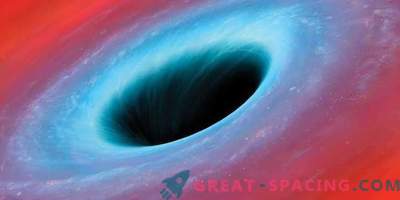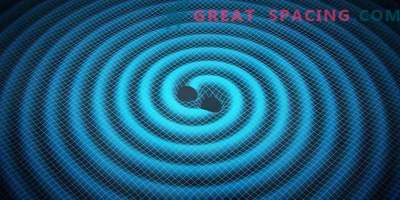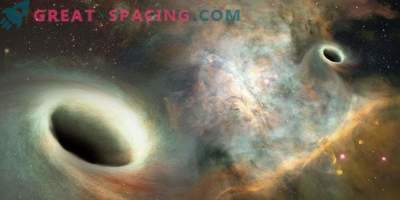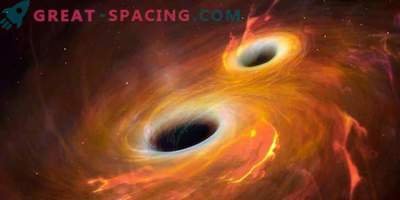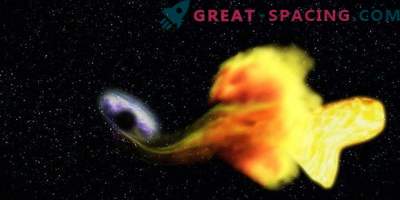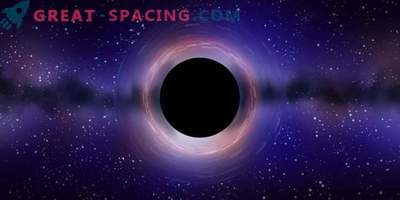
Scientists from Columbia University discovered a dozen black holes around Sagittarius A * - a supermassive black hole in the center of the Milky Way. A new study examines how large black holes contact small ones.
For more than 20 years, scientists have unsuccessfully tried to find evidence in favor of the fact that thousands of small ones are hiding around supermassive black holes. We are aware of the existence of approximately 50 black holes in the galaxy’s territory with a width of 100,000 light years. It is assumed that there are still 10,000-20000 of similar objects not found.
Now the views of researchers peer closely at Sagittarius A *. Why? The fact is that this supermassive black hole is surrounded by a halo of gas and dust, providing an ideal nutrient medium for the appearance of massive stars. They live, die and can transform into black holes. In addition, black holes should fall under the influence of supermassive, keeping themselves near it forcibly.
Early unsuccessful attempts to find evidence of this theory were based on the search for a bright burst of X-ray emission. But the galactic center is too far away, so powerful signals can be fixed with a break of 100-1000 years. To correct this problem, the scientists decided to concentrate on weak, but more stable X-rays, when the double formations are in an inactive state. Of course, it would be much easier to cope with the task if the double black holes would release large bursts, like neutron stars. But they don’t do that, so I had to find another way of detection.
Isolated black holes remain “black” because they do nothing. When they eat, they release X-ray bursts. If we find black holes in contact with low-mass stars, then we can understand the percentage of black holes in a particular region.
To verify this, a team of scientists used the information from the Chandra X-ray Observatory. They searched for X-ray signatures of low-mass black holes in an inactive state, and revealed 12 pieces at a distance of 3 light years from Strelets A *. Adding data on the spatial distribution and properties of black holes, the researchers reported that about 300-500 low-mass black holes and about 10,000 isolated black holes should live around a supermassive black hole.
If the theory is correct, then it can be used to improve the study of gravitational waves. The fact is that understanding the number of black holes in the center of a typical galaxy will help to predict how many gravitational wave events are associated with them.


